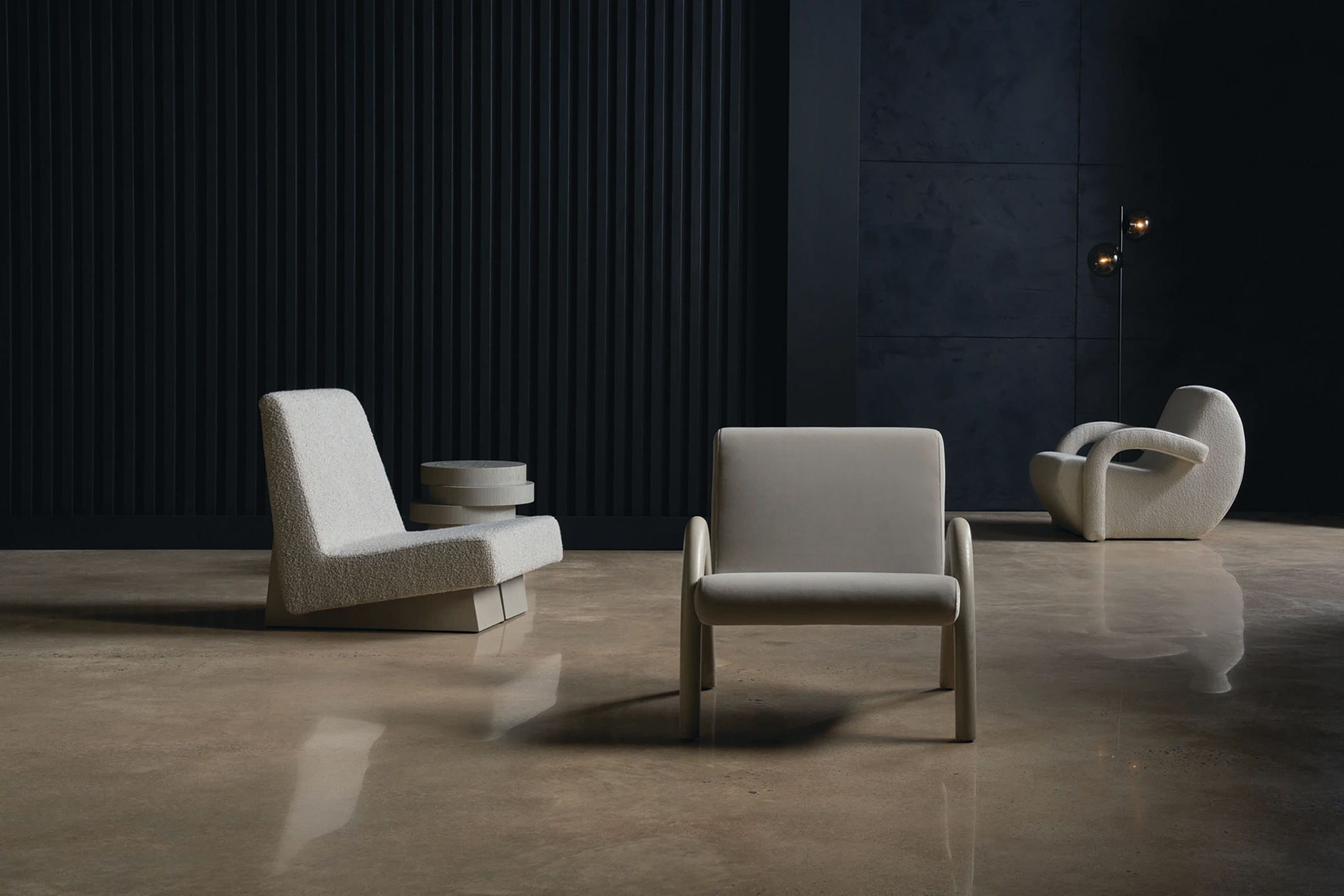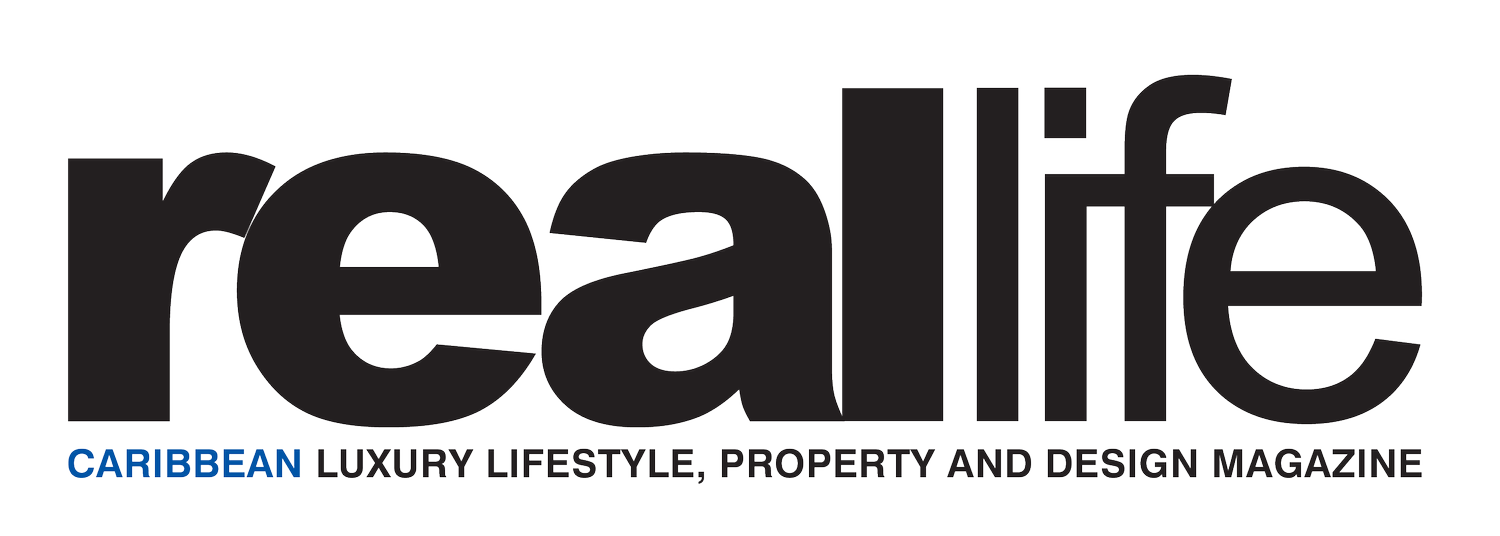
DESIGN | BRUTALLY HONEST
DESIGN | BRUTALLY HONEST
Words by Natasha Were.
Give your interiors a brutalist design twist.
As a design style, brutalism has always been divisive. Characterised by rough, unfinished surfaces and bold, monolithic forms, brutalism is primarily an architectural style which emerged in Britain in the 1950s and 60s. Its name comes from the French ‘brut Breton’, meaning raw concrete, the central feature of the style.
Taking root in a post-war era when reconstruction was the priority, the functional, no-nonsense ethos was well received: quick and economical to build, brutalist buildings were free from adornment but rock-solid and designed to last. Proponents of the style appreciated its honesty. It was about functionality above all and celebrated the materials it used without the need for embellishment.
As the style moved indoors, it was expressed in bare brick or concrete walls not covered by panelling or wallpaper, floors not hidden beneath carpet, and pipework left exposed – a pared-back, grounded design.
But as brutalist architecture spread from Europe into the Soviet Union, it came to be associated with poverty and repression, and by the 1980s, it had fallen out of favour.
Yet traces of the ethos continued to appear in interiors in myriad ways. Minimalist décor, a love of poured concrete, and the industrial aesthetic all have their origins in brutalism. Today, leading interior designers such as Kelly Wearstler and Lenny Kravitz embrace this bold, solid aesthetic more overtly – and soften it with a touch
of opulence.
The fundamental tenets of brutalist design can be reproduced in finishes, furniture, or accessories.
FAKE IT IF YOU CAN’T MAKE IT
Exposed concrete is central to brutalist design, inside or out. For those wanting to introduce the style into their homes, the look can be achieved without stripping walls right back or pouring vast amounts of concrete.
From textured plaster-like treatments for walls and floors to cement-look wall panels and even large-format porcelain tiles, there are numerous ways to add a touch of faux concrete. If you don’t want vast expanses of rough grey, it can also be introduced on a smaller scale in the form of lamps, vases, or planters made from concrete or a lighter lookalike.
PARE BACK THE PALETTE
Brutalism is the opposite of colourful. It’s a style that turns the technicolour right down to monochrome. Due to its dominating presence, concrete is usually used as the base colour, and interior palettes play with various tones and shades of grey. However, if so much grey seems austere, the odd pop of colour – a brightly glazed bowl, a vibrant cushion – can create an intriguing contrast.
MAX OUT ON TEXTURE
When you can’t rely on colour for visual interest, turn to texture. In addition to mixing wood, metal and concrete, use textiles to bring in that tactile element. Textiles are an easy way to layer in texture, from soft, silky velvet to bobbly bouclé or cool linen.
SHOW YOUR METAL
Metallic elements are a must – but not perfect shiny, brand new-looking chrome. Brutalism is all about an unpolished aesthetic and so favours lightly oxidised metals, those with a light patina. Choose aged brass, bronze or pewter, whether for picture frames, light fixtures or furniture bases. If you’d like to dial up the luxe factor, however, consider introducing a few gold accents that will jump out against the more industrial background.
SIMPLE SILHOUETTES
Keep furniture simple but robust. Opt for statement pieces in stone, wood or metal and look for clean lines and bold, geometric forms with no decorative detail. Choose chunky over delicate and pare pieces right back the most essential – pieces that say, ‘I’m here to stay’.
STRESS THE DISTRESSED
Although rough, raw and unfinished are the adjectives most used to describe brutalist design, when it comes to interiors, wood that splinters, concrete that grazes and metal that rusts may not be practical. Instead, consider more refined versions,
such as smooth live edge woods, natural stone countertops, and a more polished form of concrete. Or focus on the distressed look: think vintage or hand-crafted pieces, scarred by time and use.
INTRODUCE THE ORGANIC
Brutalist interiors today take a gentler approach, playing on the drama of the stark unembellished surfaces and contrasting the hard edges and clean lines with more organic shapes and materials. Green leafy plants that grow every which way, natural fibres that pop against the more industrial elements, a patterned rug or pieces that exhibit undulating curves will soften the austere look, and create a dramatic space filled with visual appeal.
FIND BRUTALLY HONEST DESIGN INSPIRATION IN THE CAYMAN ISLANDS
ASquared Design Cayman
www.asquared.ky
Design Studio
www.designstudiointeriors.shop
IDG Cayman
www.idgcayman.com
Brand Source
www.brandsourcecayman.com
Floritelli Cabinets Cayman
Facebook
Paramount
www.paramountcarpets.ky
Stafford Surfaces
www.staffordsurfaces.com










